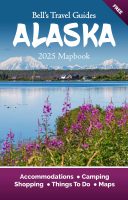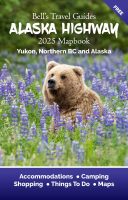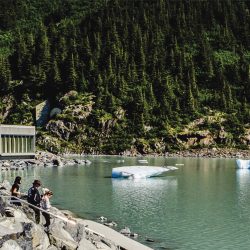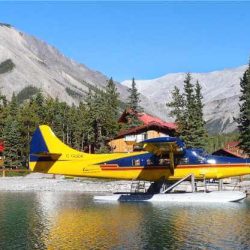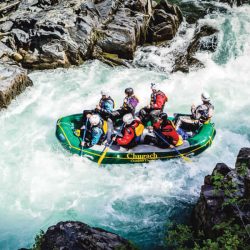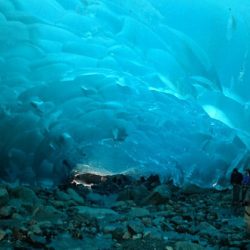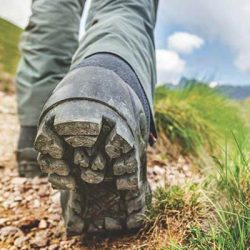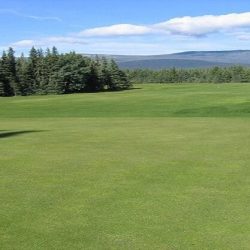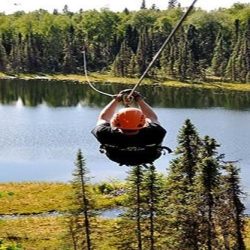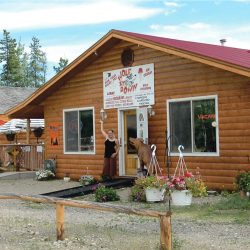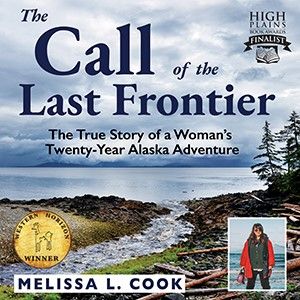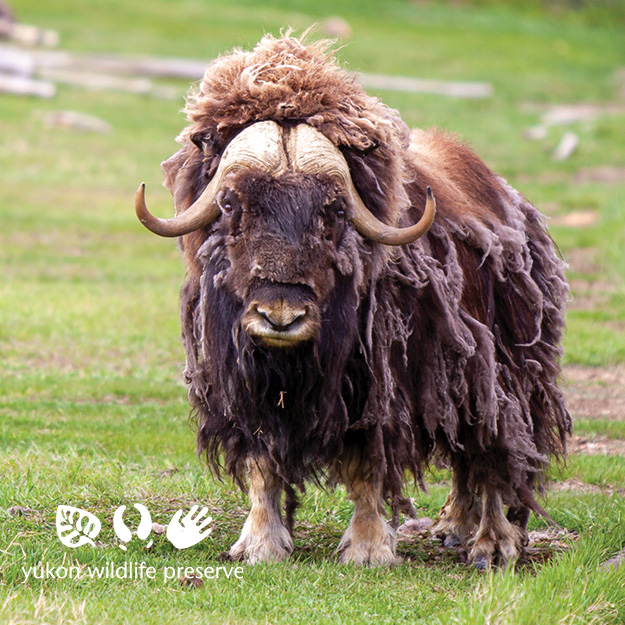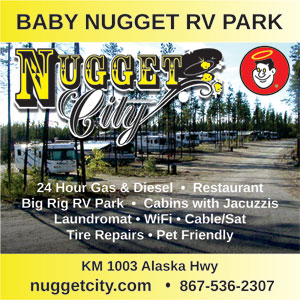Nestled on an island at the mouth of the mighty Stikine River, Wrangell offers visitors a friendly taste of a frontier community in the midst of some of the most unique and pristine wilderness in Alaska. Known as the “Gateway to the Stikine”, Wrangell offers a step back into time. There is much to immerse yourself in. Walk among petroglyphs and imagine the people who carved them thousands of years ago. Visit chief Shakes Tribal House, Totem Park and the Wrangell Museum for a glimpse in to the tlingit Native’ way of life. Hike up to Rainbow Fall or stop and pick the abundant wild berries. Traverse the Stikine River Delta by jet boat, fly over majestic snowcapped mountains, rest in natural hot springs, or explore the Tongass National Forest.
In November 2023, Wrangell experienced a devastating and deadly landslide that destroyed 3 properties and 6 people lost their lives. The debris field from the slide was estimated to be 450 ft wide and ran from the top of the mountain, across the Zimovia highway and into the ocean. The small, tight knit, community of Wrangell was devastated but rallied together to help those stranded and those who lost loved ones.
The Stikine River, a designated wilderness area is abundant with the wildlife that lured the Hudson Bay Company to establish a settlement here. During July and August The Anan Bear and Wildlife Observatory is a favorite spot to view brown and black bears feasting on salmon.
Nestled on the northern tip of the island at the mouth of the mighty Stikine River, Wrangell offers a friendly welcome.
